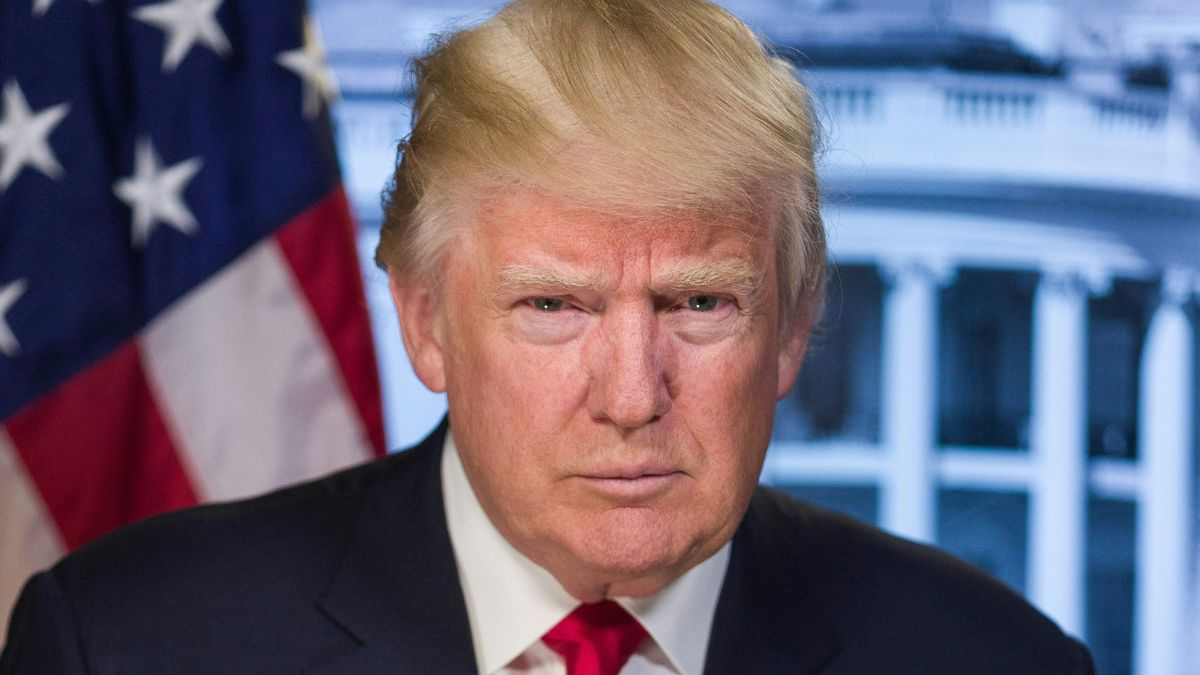The presidential election is set to be conducted tomorrow, the 5th of November, 2024. A lot of Americans are concerned about the presidential terms. A case in point, one may ask, could Donald Trump be allowed to serve again after being president before and for how long? Would it be for another non-consecutive term, or two consecutive terms? Let us take a look at what the Constitution says and some few exceptional cases in history.
Can Trump serve two terms in a row if he is elected again?
Former president Donald Trump will only be allowed to serve one more term if He wins the 2024 presidential elections. This is based on the 22nd Amendment to the US constitution which was ratified in 1951. The Constitution clearly outlines the presidential term limits: No person shall be elected president more than two times. It means that a president can only serve two terms no matter how the two terms are – consecutive or not. If an individual has served in the office of president for more than two years in a given term, that individual may be elected president for only one additional term.
If Donald Trump, who previously was in power from 2017 to 2021, was to be elected, he would be in his second and last permissible term. After this, he cannot run for president again.
Which president served more than eight years?
The only U.S. president who served more than eight years was Franklin D. Roosevelt. Roosevelt was elected to four terms, serving from 1933 until his death in 1945. His presidency spanned the Great Depression and most of World War II, and his four-term presidency led to the adoption of the 22nd Amendment, setting the current two-term limit.
Before the 22nd Amendment, presidents were generally expected to follow a two-term tradition set by George Washington, who declined to seek a third term. Roosevelt’s four terms were a unique situation due to the global and national crises at the time, which led Congress to set the official term limit.
Why can a president only serve two terms?
The 22nd Amendment was designed to prevent any single individual from holding too much power for an extended period. After Roosevelt’s long tenure, there was a concern that a presidency without term limits could lead to an overly powerful executive branch. By establishing a two-term limit, the amendment ensures a rotation in leadership and aims to keep the presidency accountable.
Are there any exceptions to the two-term rule?
Although the 22nd Amendment prohibits presidents from serving more than two terms, there are some very specific scenarios that could lead to exceptions:
- Succession Rules: If a vice president or other successor takes over the presidency and serves for less than two years of that term, they may still be eligible to serve two additional terms of their own. This rule aims to ensure that a successor finishing out a term is not unfairly restricted.
- Appointed vs. Elected Terms: Legal experts have speculated on the possibility of someone serving a third term if they were appointed by the House of Representatives rather than elected. This is a theoretical scenario, as it has never been tested in practice or upheld in court.
